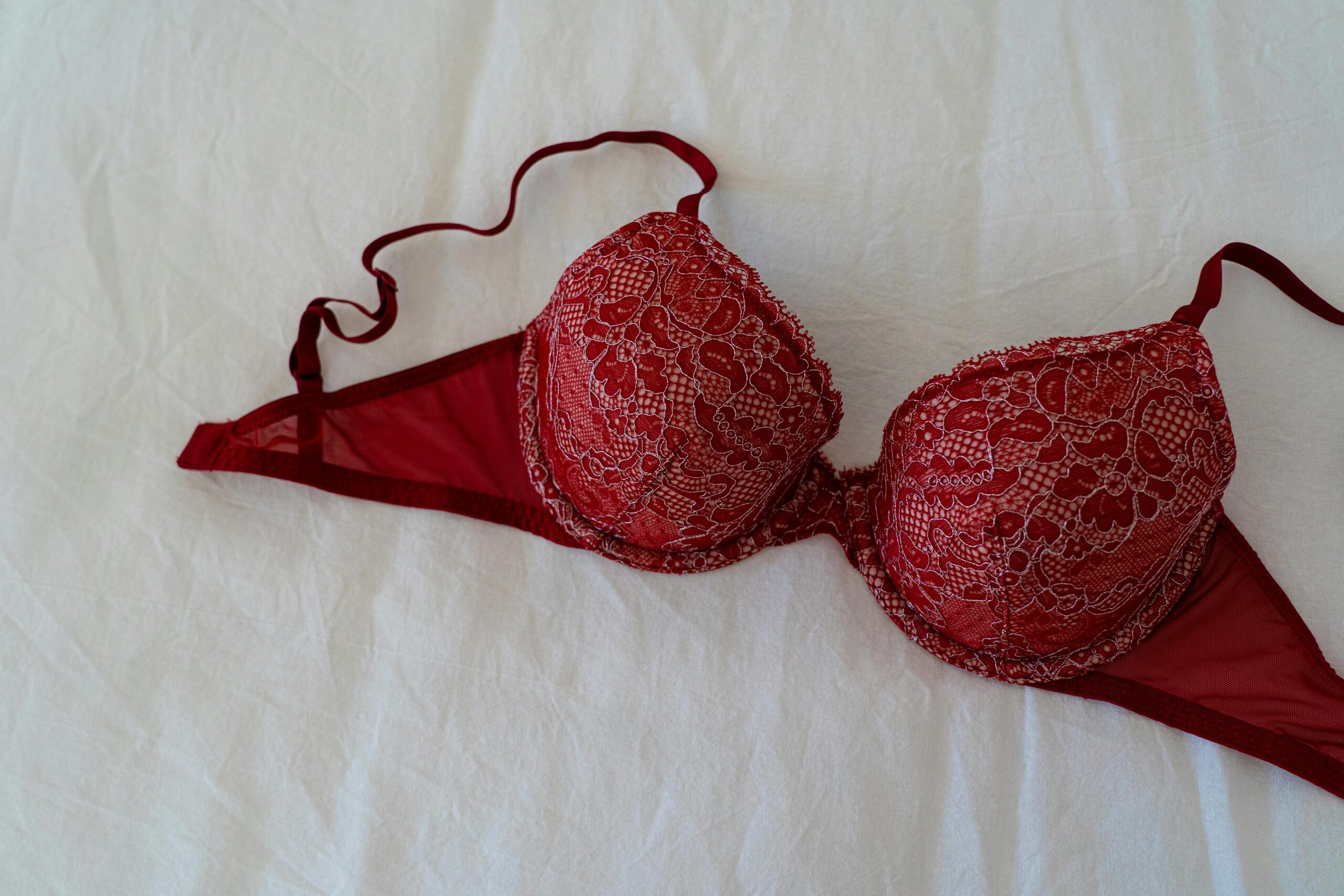
Online dating is both easier and more overwhelming than ever. There are apps for casual swiping, platforms for serious relationships, niche sites for every lifestyle, and global services that connect people across continents.
If you’re trying to pick one place to invest your time (and maybe your money), it helps to understand what each platform actually does best. In this overview, we’ll look at some of the best online dating sites and apps today and see how a global platform like Dating.com compares to big names such as Match, eHarmony, Hinge, Bumble and Tinder.
What “best” really means in online dating
No single site is best for everyone. But strong platforms tend to share a few things:
- Clear audience and purpose
Some are built for long-term relationships, some for casual connections, some for global or cross-cultural dating. - Solid matching tools
From detailed questionnaires (eHarmony) to swipe interfaces (Tinder) and prompt-based profiles (Hinge), good products make it easy to spot people you might click with. - Real communication features
Messaging, video chat, filters, “likes” and ice-breaker prompts all matter once you’ve matched. Dating.com, for example, emphasizes live chat and video to help people move beyond static pictures quickly. - Scale and reach
Big, well-known brands like Tinder, Bumble, Hinge, Match and OkCupid reach hundreds of millions of users worldwide.
With that in mind, let’s start with Dating.com and then look at how it stacks up against other leading platforms.
Dating.com – global, cross-cultural and chat-first
What it is:
Dating.com is a global online communication and dating platform operated by Social Discovery Group, a company that runs multiple international matchmaking brands. (Try Dating.com now).
What it does best:
- Worldwide reach – The service highlights its presence across Europe, Asia, North America and Latin America, making it especially attractive if you’re open to long-distance or cross-cultural relationships.
- Multiple ways to connect – Beyond simple messaging, the app supports video chat, “Let’s Mingle” mass-messaging, and popular-member discovery to help you break the ice with more people.
- Social-discovery feel – It leans more toward “meet, chat, explore” than the strict left-right swiping of some apps, which suits people who like to browse and talk rather than race through profiles.
How it charges:
Dating.com uses a credits-plus-subscription model. Users can subscribe to unlock messaging and also buy credit packs for added features, such as extended chat or video calls. Typical packs range from smaller bundles up to large options (e.g., around 150–1500 credits), with prices scaling down per credit on larger bundles.
If your dream scenario is chatting with people from different countries and backgrounds – maybe even building an international relationship – Dating.com is one of the few platforms that’s designed around that from the start.
How Dating.com compares to other leading sites
Match.com – classic, feature-rich, serious
Match is often ranked as one of the best overall dating sites, especially for people looking for committed relationships.
- Strong in North America and Europe
- Great for users in their late 20s and up, including 40+ daters
- Subscription based, with lots of filters and search options
Match is usually a good fit if you want something mainstream, familiar, and structured around long-term dating in your own country.
eHarmony – compatibility and marriage focus
eHarmony is known for its deep questionnaire and long-term relationship positioning. Many reviewers still list it as a top choice for people explicitly seeking marriage.
- Focuses on serious, commitment-minded users
- Matching heavily driven by personality profile
- Primarily subscription based, with limited value in the free tier
If you want a very structured, algorithm-heavy experience and you’re not in a rush to browse freely, eHarmony is a strong option.
Hinge – “designed to be deleted”
Hinge positions itself as the app for serious relationships among younger adults. Its prompt-based profiles and focus on comments/likes on specific prompts have made it a favorite in the US and UK.
- Great for 20s–30s who want more than a hookup
- Uses detailed prompts to spark conversation
- Freemium model with paid upgrades for extra likes and visibility
Hinge feels a bit more like a curated social feed than a raw dating catalogue.
Bumble – women-message-first and safety-centric
Bumble’s big innovation is simple: women send the first message in heterosexual matches. That rule, plus lots of safety tools, has made it especially popular for women and for people tired of aggressive messages.
- Strong in many Western markets
- Good if you want a mix of dating and social networking
- Freemium, with boosts and “Spotlight” features available
It’s ideal if you like the idea of more control over who can talk to whom.
Tinder – scale and casual connections
Whatever you think of it, Tinder is still the largest dating app by user count in many regions. It’s fast, swipe-driven, and particularly strong for casual dating and hookups, especially among younger adults.
- Massive user base worldwide
- Simple interface, low barrier to entry
- Freemium with many optional paid features (Super Likes, Boosts, etc.)
If you want maximum volume and don’t mind a more superficial vibe, Tinder is hard to ignore.
Quick comparison table
Below is a simplified overview of how Dating.com compares to some of the biggest names in online dating today:
| Platform | Best For | Core Strengths | Pricing Style | Global Reach |
| Dating.com | Cross-border dating, global social discovery, open-minded singles | Strong international focus; rich chat and video features; social-discovery feel rather than pure swiping | Credits + subscriptions (pay to unlock messaging and premium tools) | High – active across Europe, Asia, North & Latin America |
| Match.com | Serious relationships, especially 30+ | Feature-rich search and filters; long-standing brand; good for people who like a structured site | Subscription with different tiers and boosts | Strong presence in US, UK, EU and beyond |
| eHarmony | Marriage-minded, long-term relationships | Compatibility questionnaire; algorithm-driven matching; reputation for long-term couples | Mostly subscription; free tier very limited | Primarily North America, UK, some international reach |
| Hinge | Younger adults (20s–30s) seeking serious relationships | Prompt-based profiles; focus on conversation and quality over quantity | Freemium + paid visibility and likes | Strong in US, UK; expanding globally |
| Bumble | Women who want control; people who value safety and respectful chat | Women-first messaging rule; strong safety features; also networking / friendships | Freemium with boosts, premium tiers | Large international user base |
| Tinder | Casual dating, hookups, travellers, younger users | Huge user pool; very simple swipe mechanic; great for volume | Freemium; many add-on paid features | Massive global reach |
How to choose the right site for you
A quick way to decide:
- Want to date across borders or cultures?
Choose a global platform like Dating.com, which is specifically designed to connect singles across regions and time zones, with tools like video chat to bridge the distance. - Want a serious partner in your own country, especially 30+?
Try Match.com or eHarmony for their focus on long-term, commitment-oriented users. - You’re under 40 and want something serious but modern?
Hinge or Bumble are great choices, especially if you like prompt-driven profiles and a more conversational style. - You’re experimenting, travelling, or just curious?
Tinder’s huge user base means you’ll almost always find someone to talk to, though you may have to filter more carefully for genuine connection.
In the end, the “best” dating site is the one whose audience, tools and culture match what you actually want. If your idea of a perfect love story involves borders, new cultures and video dates with someone who lives thousands of kilometres away, then a global service like Dating.com deserves to be very high on your list.

















